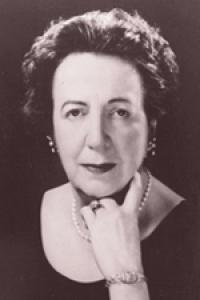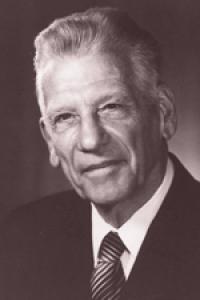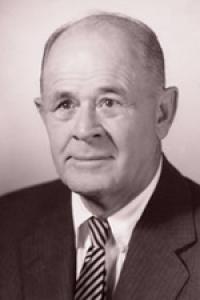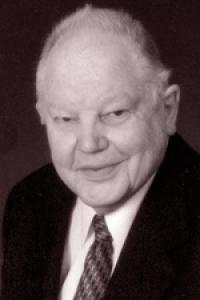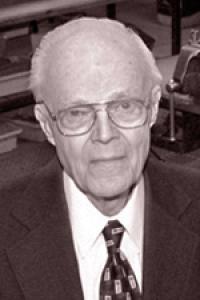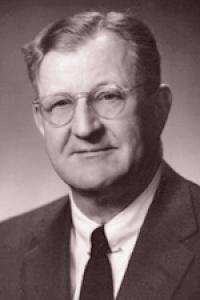Taylor Caldwell
Many people in the English-speaking world from the Baby Boomer or earlier generations remember Taylor Caldwell as the author of numerous outstanding novels, among them A Pillar of Iron, Dear and Glorious Physician, and The Captains and the Kings.
Even many who never read her fascinating published works may also recall the latter historical novel, since it was made into an eight-part television miniseries back in 1976. The story of a dynasty founded by an Irish immigrant, it was generally believed that the story’s principal character, Joseph Armagh, was loosely based on the real-life Joseph Kennedy.
Many of Caldwell’s novels were historical, with Dear and Glorious Physician (1959) portraying the life of the apostle Luke, Great Lion of God (1970) depicting the wondrous accomplishments of Saint Paul, and A Pillar of Iron chronicling the life of the Roman philosopher-statesman Cicero. She was so prolific a writer that she published 40 novels between 1938 and 1981.
One of Caldwell’s most fascinating works, however, was not a novel but an autobiographical collection of condensed articles originally appearing in American Opinion (the journal established by JBS Founder Robert Welch) entitled On Growing Up Tough.
On Growing Up Tough is the story of the girl born in 1900 in Manchester, England, as Janet Taylor, the daughter of an austere English family of Scottish background. Reading through the pages of her collection of memoirs, the reader begins to understand how her quite unusual upbringing produced a woman of such extraordinary convictions. At the age of four her parents sent her to “an exclusive school for young ladies and gentlemen” with the warning that, should they hear of any misbehavior on her part, she would be “thoroughly thrashed.”
She walked the mile to school each way in Manchester’s harsh weather, for an eight-hour day of strict academics. She recalls: “By the time I was seven I had had two years of Latin and one of French, and was reading Shakespeare’s Sonnets, not to mention minor poets, and had had a good grounding in history and geography.” Recognizing her entry into “adulthood,” her parents gave her the task of tending the fireplaces in three rooms. Caldwell provides a long litany of the tasks she regularly performed on weekends at the age of seven: “ironing, mending, darning, snow-shoveling, grass-cutting, glass polishing … and homework and Sunday-school, and church twice a day. I was lucky to get eight hours of sleep.”
While it is not surprising that such a challenging childhood made Caldwell a rugged individualist, she also described why she disdained liberalism: “As a peaceful person, I am willing to live and let live. But the Liberal will not, if he can help it, let you live in peace, or, coming down to the matter, let you live at all.” Caldwell was a trendsetter of sorts in adopting a philosophy that combined social and economic conservatism with a decidedly anti-war stance, in an era when most conservatives tended to support the military establishment’s status quo. Her first published novel, Dynasty of Death (1938), written in collaboration with her husband, Marcus Reback, about two families in Pennsylvania who controlled a vast armaments empire, condemned what later became known as the “military industrial complex.” The story was continued in The Eagles Gather (1940) and The Final Hour (1944).
In 1957, Caldwell penned an essay entitled “Honoria,” published in the December 23, 1957 issue of The Dan Smoot Report (written by a former FBI agent and friend of The John Birch Society). In chronicling the rise and fall of “Honoria” (an allegorical representation of the United States) Caldwell traced the forces impelling the demise of all great republics, from Rome to America. In the essay, she lamented:
The middle class, the hardworking, the self-reliant, slowly smothered from despair. Who cared? The mob had a full belly today and government promised to fill it again tomorrow. The monstrous state, the top-heavy bureaucracy, was happy. The cynical laughed among themselves. Freedom? Why, the people didn’t want freedom. They wanted free entertainment, free bread, free housing. A degenerate nation deserved no freedom, no consideration…. An evil old man, crippled and malformed, led the nation into more wars and foreign entanglements — he was the ruler of Honoria. Patriots were considered scoundrels. The rulers of Honoria were tools not only of the mobs, but of foreigners.
Caldwell ended her essay with a warning and a call to action: “It is a stern fact of history that no nation that rushed to the abyss ever turned back. Not ever, in the long history of the world. We are now on the edge of the abyss. Can we, for the first time in history, turn back? It is up to you.”
Her combination of staunch self-reliance, disdain for the socialist welfare state, and recognition that a cabal of rich, powerful elitists secretly controlled the world (a theme apparent in Captains and Kings and Ceremony of the Innocent) made Caldwell a natural fit for membership in The John Birch Society. For many years she contributed outstanding essays to American Opinion magazine, and The Review Of The News, the forerunners of The New American.
There are too few members of The John Birch Society, too few American patriots, and what there are of us are too frightened.… I’ve begged them to get together, to forget minor differences, to move as one to save America.
Caldwell, by nature, was somewhat pessimistic about the prospects for good Americans to save our nation. Yet, she seemed favorably impressed with the JBS Founder’s positive outlook. She noted:
The illogic comes in when some men persist in believing that the majority of men will fight for their country and their God, their honor and their freedom. They have done so only very few times in history, and those few times are little inspiration to us in these days. It happened so seldom. Will it happen again? Mr. Welch believes it is quite possible, for America.
Caldwell said that “only time— now running out— will prove who was right and who was wrong (concerning her pessimism versus Robert Welch’s optimism). I hope to God that Bob is right!” Taylor Caldwell and Robert Welch are no longer with us, but those who are carrying on the work of Robert Welch still believe that —with God’s help, — they can achieve a better world.


